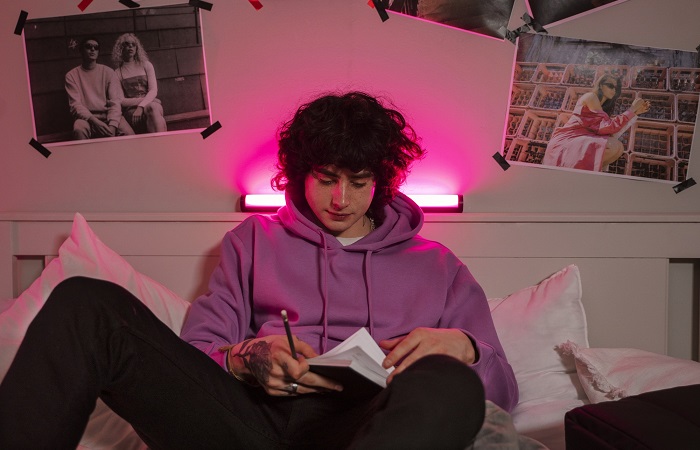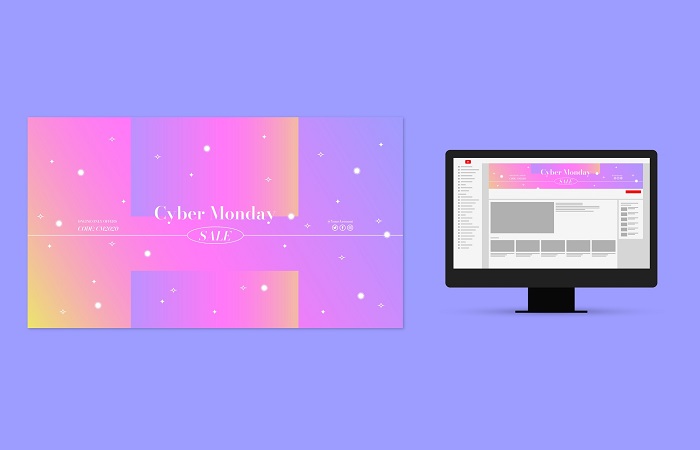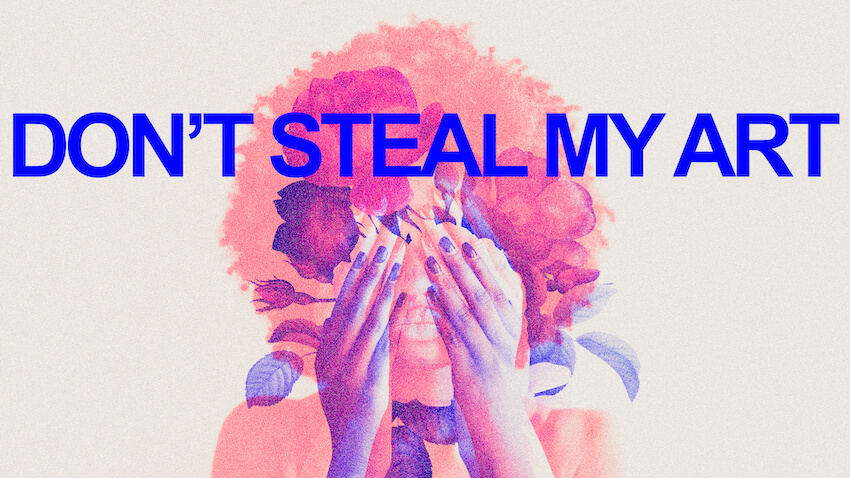
Table of Contents
Prelude–Creative design explained
You can’t describe creative design as a sole concept. Just like creativity can be found everywhere, wherever a human exists and has a soul, you can find it in design and arts, too. Generally speaking, creative design is the process of combining artistic elements and innovative thinking to produce visually appealing and impactful designs. It involves utilizing various techniques, such as typography, color theory, and layout, to effectively communicate a message or evoke emotions (mostly for marketing purposes).
What does a creative designer do?
A creative designer is responsible for several tasks related to creating visually appealing and impactful designs for clients. Here are five key responsibilities that a creative designer has:
- Concept Development: A creative designer is responsible for generating and developing innovative design concepts that align with the client’s ideals and target audience.
- Graphic Design: They create visually appealing graphics, including logos, illustrations, layouts, mockups, and packaging designs using various design software and techniques.
- Branding: Creative designers are responsible for developing and maintaining a consistent brand identity by using appropriate colors, typography, and visual elements.
- User Experience (UX) Design: They ensure that the design elements and user interface of digital platforms are intuitive and engaging, and also provide a seamless user experience.

- Collaborating with Clients and Teams: Creative designers work closely with clients and interdisciplinary teams, such as marketing and development, to comprehend project requirements and deliver effective design solutions that meet the client’s expectations.
What are the skills required for a creative designer?
As I mentioned earlier, being a ‘creative designer’ is not a one-size-fits-all concept. The skills required to become a creative designer might vary based on the designer’s interests and specialties. It also highly depends on what their responsibilities are and what are they wanted to do in a team. However, there are some fundamental skills that a professional creative designer has and always tries to improve throughout their career.
- Concept development: Generating and purifying creative ideas for design projects.
- Graphic design: Creating visually appealing and engaging visuals using various tools.
- Branding: Being familiar with brand identity essentials and the ability to understand the target audience’s aesthetic taste.
- UX design: Ensuring coherent and user-friendly experiences by designing intuitive interfaces.
- Collaboration skills: Working closely with clients and cross-functional teams to understand and meet design objectives.
- Software knowledge: Working with different design software programs based on project requirements.
- Creative problem-solving: Finding innovative solutions to design challenges and being able to think outside of the box.
- Visual communication: Using design elements to effectively convey messages and information.
- Research and trend analysis: Staying updated on current design trends and conducting market research.
- Time and project management: Planning and organizing design projects to meet deadlines and deliver high-quality work.
- Attention to detail: Pay close attention to small design elements to ensure accuracy and precision.
- Adaptability: Being flexible and able to adjust design techniques based on client feedback and project requirements.
- Presentation skills: Effectively communicating design concepts and ideas to clients and stakeholders.
- Print production: Preparing and optimizing designs or mockups for print materials.
- Digital media: Creating designs optimized for digital platforms such as websites and social media.
- Continuous learning: Keeping up with industry advancements and improving design skills through self-growth.

What are the stages of creative design?
The stages of creative design highly depend on each project’s special process and the methodology each team or individual has. But, generally speaking, there are seven stages to creative design from A-Z that most creative designers or teams carry out during the process. Let’s review them!
1. Research
In this stage, the creative designer gathers information and gains a deep understanding of the project. This includes conducting research, analyzing data, studying user needs and preferences, and exploring solutions for designs.
2. Brainstorming
In the ideation and brainstorming stage, the creative designer generates as many ideas as possible that are most likely to achieve the desired outcome. The focus is more on quantity than quality at this point and involves brainstorming sessions with the design team, mind mapping, sketching, and promoting out-of-the-box thinking. This is where the primary ideas are born.
3. Concept design
At this point, there are many potential ideas on the table. So, what the creative designer needs to do is choose the best ones among all of them based on criteria such as feasibility, desirability, and alignment with project goals and try to develop the most promising design concepts. The design department might do rough sketches, and make prototypes or wireframes to visualize the final design concepts.
4. Prototyping
This stage is all about moving on to refining design concepts that were developed in the previous stage and making prototypes and models of them. Prototypes can range from low-fidelity mockups (e.g., paper prototypes or digital wireframes) to high-fidelity representations (e.g., interactive prototypes or physical models). This will make the path easier to analyze and explore different concepts with a closer look. This stage is where the creative designer gathers feedback from stakeholders, clients, and the whole team.
5. Testing and editing
This step is a very crucial one. It’s time to test the prototypes with users and target audience. This is where the data, information, and feedback from the users are collected to analyze the effectiveness, usability, and satisfaction of the design. After that, creative designers make necessary adjustments and changes to the design based on their study and the process goes on until the design meets the desired criteria and objectives.
6. Implementation
It’s production time! At this point, the design has gone through several refinements and is ready to be implemented. This is where a tangible product is born. It includes finalizing the visual aesthetics, creating detailed specifications, collaborating with developers or manufacturers, and ensuring the design is ready for production or development.
7. Evaluation
Gathering and analyzing metrics and users’ feedback is a never-ending process in a creative design project. The design department/team needs to always be notified of the usability of the launched design and compare the design against the intended goals. The findings from the evaluation stage can inform future iterations or serve as lessons learned for future design projects.

What is the importance of creative design in business?
Creative design plays a vital role in business for several reasons. In today’s world where people’s shopping decisions depend on the visual-appealing photos or packaging of a product, businesses are more willing to hire graphic designers to implement creative design ideas to their brand identity. Let’s see what the importance of creative design is in the universe of business, marketing, and sales today.
Well, firstly, it helps businesses establish a unique brand identity that sets them apart from competitors and resonates with their target audience. A well-designed logo, website, packaging, or marketing material can leave a longer-lasting impression on customers. Additionally, creative design enhances user experience by making products and services visually appealing and tempting. It also boosts effective communication, conveying complex ideas or messages through visual elements. Moreover, creative design can give rise to emotions, build trust, and foster customer loyalty, which ultimately leads to increased sales and business success.
What is the role of a creative design director?

The role of a creative design director (mostly known as a creative director) is to oversee and guide the creative design process within an organization. They are responsible for managing and leading a team of designers, digital marketers, and art directors ensuring that projects are completed on time and within budget. They are kind of a creative design project manager.
A creative design director has one of the most important roles in the creative department. The creative design director also plays a crucial role in setting the overall creative direction and vision for the organization, as well as setting design standards and guidelines. They collaborate with clients, stakeholders, and other departments to understand project requirements and deliver innovative and visually appealing design solutions. Additionally, they provide mentorship and guidance to their team, fostering a creative and collaborative work environment. Without a creative design director, the project is more likely to face troubles or take longer to solve teamwork issues.
Is creative design a good career?
In short, yes, it is. Creative design can be a high-paying and fulfilling career choice. According to the U.S. Bureau of Labor Statistics, the employment of graphic designers is projected to grow by 3% from 2021 to 2031, which is about as fast as the average for many fields. Additionally, the median annual wage for graphic designers is $50,710 per year in the United States. These statistics indicate a positive outlook for creative design as a career option with opportunities for growth and competitive salaries. Taking a step forward from the statistics, creative designers who have special skills, techniques, and styles are always more likely to get hired by more creative dynamic teams and companies. They can also stand out in the freelancing world.










